My recent ‘spotlight’ #twinterviews are with the “brilliant” #untitled10 artists currently exhibiting at The Bowes Museum until Feb 28th. Each artist has responded to the museum and collection in a unique way with an emphasis on craft and making. Talkin' Culture ran these twitter interviews for @thebowescentre. Photographic artist Jo Howell brought the story of the Countess of Strathmore to the fore; both as a survivor of extreme domestic abuse and as one of the greatest botanists of her time.
Jo Howell #twinterview transcript
Thank you for joining us today Jo @maverickart for your #twinterview with @talkinculture Q1 What came first when you were researching for your #untitled10 commission; the botany cabinet @thebowesmuseum or the tortured life of botanist Mary Eleanor Bowes, how did you decide?
Jo @maverickart A1 Well thank you for inviting me to talk about the work! I was first drawn to the function of the botany cabinet. I am interested in how plants can enrich our lives, but researching the cabinet introduced me to Mary Eleanor Bowes and her story was so powerful.This was a perfect fusion for me, because I also take inspiration from the hidden female stories. Plants influenced Mary Eleanor’s growth. They were woven into her life. When she escaped her abusive second husband she returned to her love of gardening at her new home.
Jo @maverickart Q2 How did you want to handle a story of brutality and botany in terms of the visitor experience @thebowesmuseum? #untitled10 #twinterview @talkinculture
Jo @maverickart A2 I wanted to make the invisible a visible force in the collection. For many years the function of the botany cabinet has been unused in the name of preservation. This is great but it can also place a boundary between the audience and the experience of the object. I used the Confessions of the Countess of Strathmore, a book that Mary Eleanor was forced to write by her abusive husband, and pulled the pages out in a cathartic fashion. Printed flowers from Mary Eleanor’s garden at Gibside onto the pages and put in the installation.
Jo @maverickart Q3 How would you like to see museums like @thebowesmuseum handle difficult stories and histories they are in possession of, be it domestic violence, slavery or colonialism for example? #twinterview #untitled10 @talkinculture
Jo @maverickart A3 We have to acknowledge as a society the truth about the things we treasure. If we deny the facts and stories that created the object then we run the risk of creating a cognitive discord. I remember being told many years ago that history is written by the victors. That stuck. I look for the bias in the way stories are told. More exploration of the collections in this context will help us all to see both sides of the story. Bringing the objects back into focus in contemporary conversations that we have today about ongoing social issues.
Jo @maverickart Q4 How could museums like @thebowesmuseum unearth if possible or acknowledge untold stories of the oppressed like Mary Eleanor Bowes as part of their education outreach? #untitled10 #twinterview @talkinculture
Jo @maverickart A4 We shouldn’t shy away from having hard conversations. Education shouldn’t be just about sanitised synopsis. In the case of Mary Eleanor Bowes, her story is a great starting point for conversations about the history of women’s rights. It would also be a good idea to continue working with artists. Physically creating an artistic response helps to trigger a multitude of areas in the brain, and ensures a much greater depth of learning through critical thinking and self reflection.
Jo @maverickart Q5 You have foregrounded an important story in women's history; Mary Eleanor Bowes, a domestic abuse survivor and one of the most important botanists of her time. How would you like to see her work developed @thebowesmuseum? #untitled10 #twinterview @talkinculture
Jo @maverickart A5 Visitors to the museum could make paper flowers for the botany cabinet to celebrate Mary Eleanor’s legacy, in both science and strength.A flower for woman from history, in science, art, or a personal hero. We can’t put the worms back in the can now.
Thank you very much Jo @maverickart for your #twinterview with @talkinculture today, feel free to add any final thoughts. Followers you can see more of Jo’s work here: https://buff.ly/2wgmDXp The #untitled10 2019 are in exhibition @thebowesmuseum until Feb 28th.
Paula Moore, Director of Talkin’ Culture is interested in how access to arts and museum spaces can be widened to far wider audiences through different entry points and with alternative visitor experience routes. I believe traditional museum experiences are often too static, austere and often rigidly academic failing to respond as a public service. I hope you enjoy my #twinterviews and artist insights to explore this further.

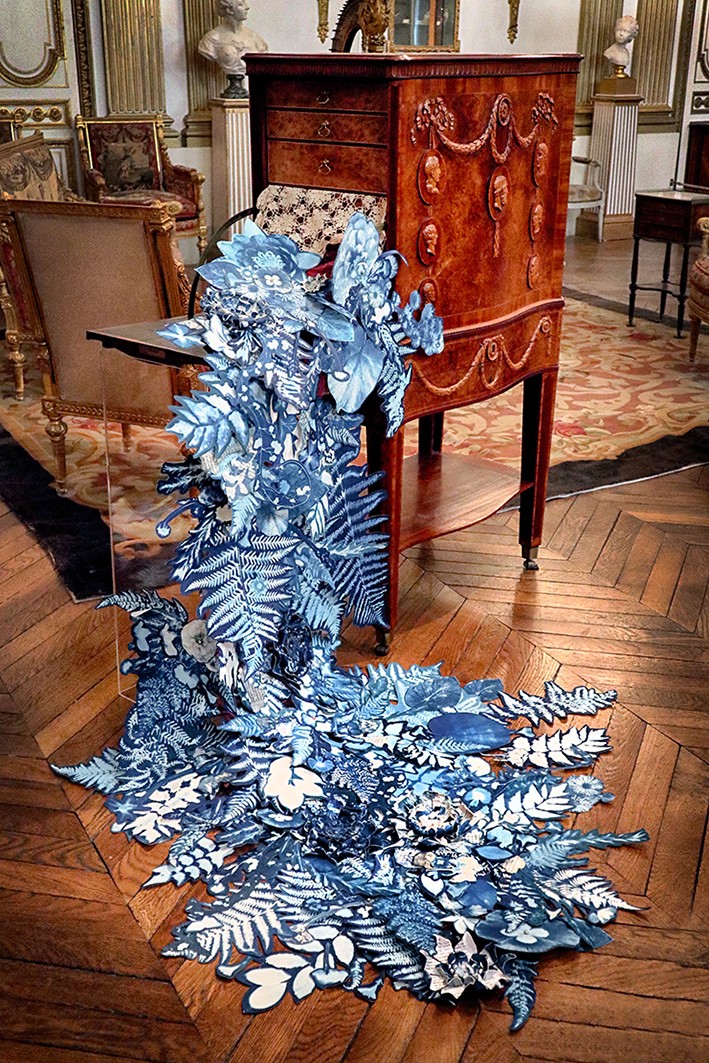
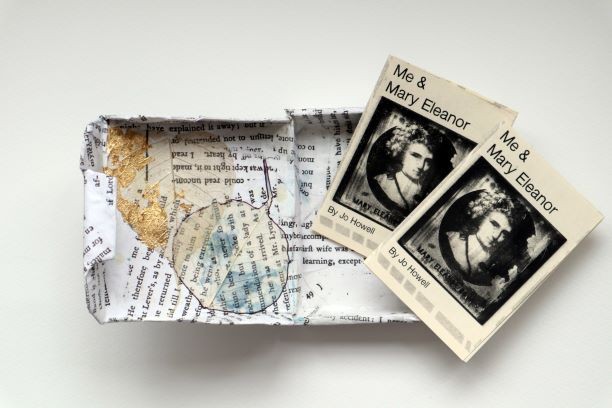



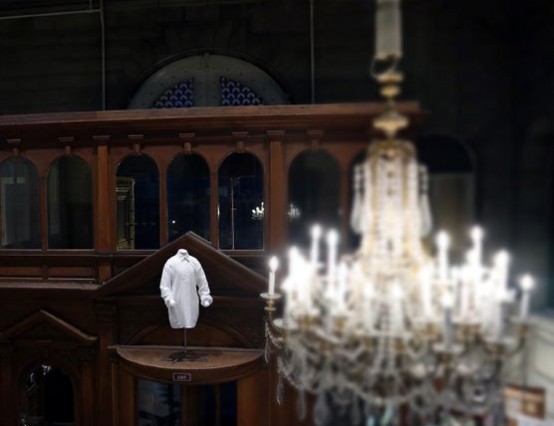
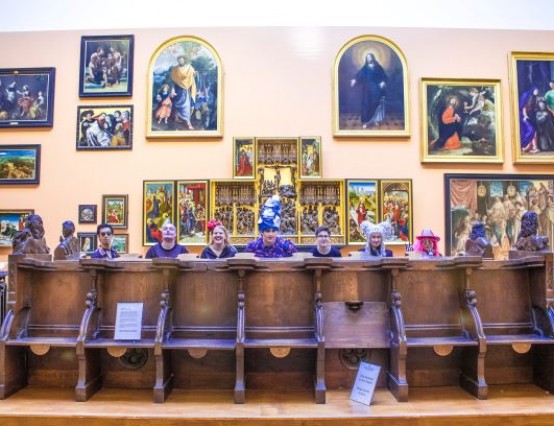
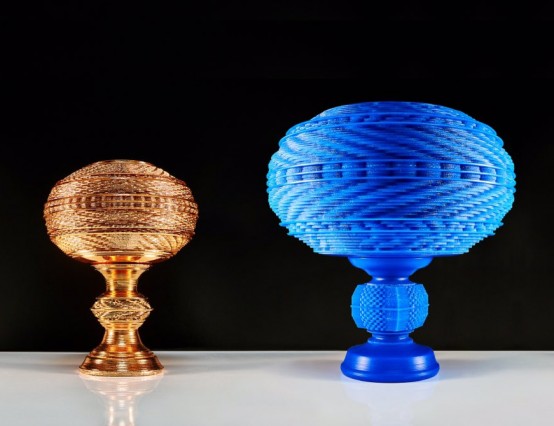
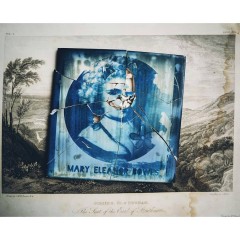

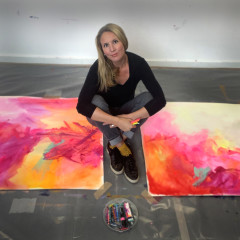
0 Comments